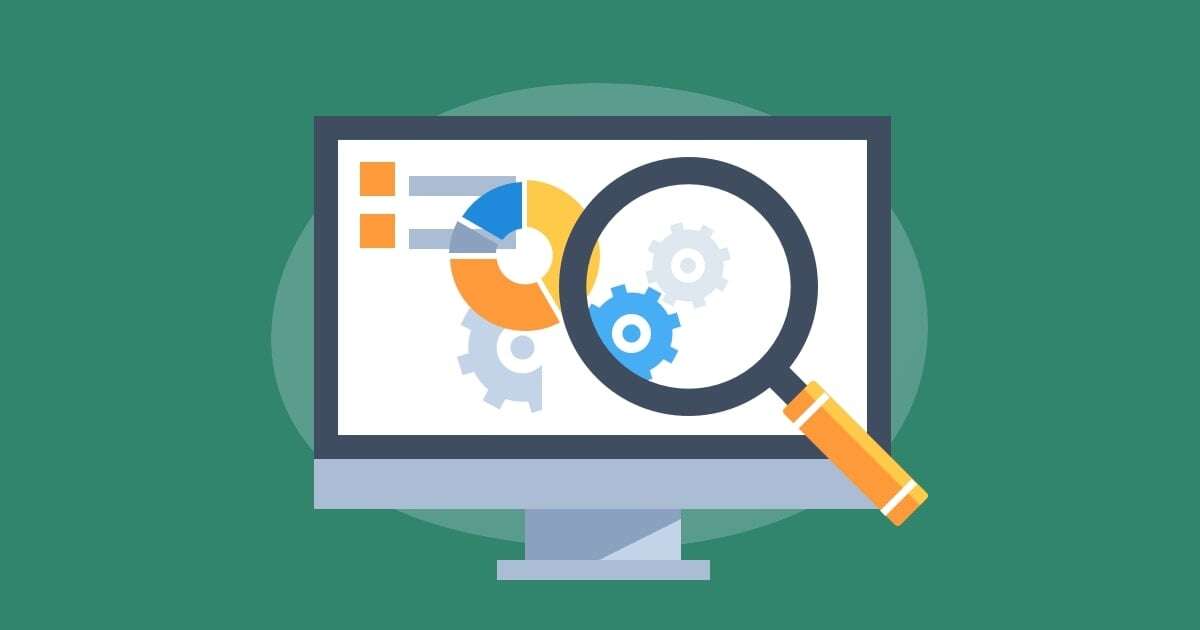In the third-party risk management industry both business impact analysis (BIA) and risk analysis are a crucial part of evaluating our vendor’s business continuity management and disaster recovery programs.
Defining BIA & Risk Analysis
Third-party risk comes with a lot of synonymous-sounding terms and phrases. Since both of these processes are part of developing a business continuity and disaster recovery program, we like to think it’s helpful to distinguish certain similar or interfacing processes by starting with a definition.
So, here it goes:
Business Impact Analysis (BIA) - The process of determining the criticality of business activities and associated resource requirements to ensure operational resilience and continuity of operations during and after a business disruption. The BIA is used to determine the Recovery Time Objective (RTO) and Recovery Point Objective (RPO) for each business process for a vendor. Essentially, BIAs help you understand what can be impacted and the criticality of the impact on your organization.
Risk Analysis - A risk analysis, or an assessment, identifies all the potential risks that could impact your organization. Through this process, the goal is to quantify both the possible impact(s) as well as the likelihood certain risk types may occur. This can also be referred to as a Threat and Risk Assessment (TRA).
More simply: You should understand what all the potential risk areas with a vendor are and how the impacts may affect you.
A Vendor’s BIA vs Risk Analysis
A primary difference between the BIA and the risk analysis is that BIA does not directly focus on probability, but instead, it assumes the worst-case scenarios.
Other differences include the following:
| Business Impact Analysis (BIA) |
Risk Analysis |
| Identifies: Business impact when processes are not functional or available |
Identifies: Conditions or situations that may cause a business process outage |
| What it does: Represents the effect of the inability to perform a process |
What it does: Determines the probability of the risk occurring
|
| Used to: Identify how quickly the process must be available |
Used to: Pinpoint threats and hazards across all areas (i.e., people, environment, technology)
|
| Assists in: Understanding when a process needs to be available (is not concerned with why a process is unavailable) and determining what technology or planning is needed for functional recovery |
Assists in: Determining how to prevent impact/outages
|
So, while BIA and risk analysis are both important components within your vendor’s overall business continuity outlook, they both provide slightly different insights around the risk a vendor may carry. When reviewing your vendor’s business continuity and disaster recovery programs, ensure the vendor performs both a business impact analysis and risk analysis. Without both, it’s challenging to have a complete business continuity and disaster recovery program.
Analyzing your vendor's business continuity plan is important. Download our eBook to learn more how to understand your vendor's Business Continuity and disaster recovery plans and how they impact your organization.






.gif?width=1920&name=Sample-Graphic-Animation%20(1).gif)



